AMAIZing Corn!
Published
3/29/2022
Amaizing Facts About Corn
- Corn is called maize by most countries, this comes from the Spanish word "maize".
- Corn is a cereal crop that is part of the grass family.
- An ear or cob of corn is actually part of the flower and an individual kernel is a seed.
- On average an ear of corn has 800 kernels in 16 rows.
- Corn will aways have an even number of rows on each cob.
- A bushel is a unit of measure for volumes of dry commodities such as shelled corn kernels. One bushel of corn is equal to 8 gallons.
- With the exception of Antarctica, corn is produced on every continent in the world.
- There are over 3,500 different uses for corn products.
- As well as being eaten by the cob, corn is also processed and used as a major component in many food items like cereals, peanut butter, potato chips, soups, marshmallows, ice cream, baby food, cooking oil, margarine, mayonnaise, salad dressing and chewing gum.
- Juices and soft drinks like Coca-Cola and Pepsi contain corn sweeteners. A bushel of corn can sweeten 400 cans of soft drink.
- Corn and its by products are also found in many non-food items such as fireworks, rust preventatives, glue, paint, dyes, laundry detergent, soap, aspirin, antibiotics, paint, shoe polish, ink, cosmetics, and in the production of plastics.
- Corn is also used as feeding fodder for livestock and poultry and found in domestic pet food.
- An area termed the "Corn Belt" in the US where growing conditions are ideal includes the states of Iowa, Illinois, Nebraska, Minnesota, Indiana, Ohio, Wisconsin, South Dakota, Michigan, Missouri, Kansas, and Kentucky.
- In the days of the early settlers to North America, corn was so valuable that it was used as money and traded for other products such as meat and furs.
- Corn can be produced in various colors including blackish, bluish-gray, purple, green, red, white, and the most common yellow.
What kind of corn are we talking about?
Sweet Corn: We eat sweet corn as a vegetable. You can find it canned, frozen, or on the cob.
Field Corn: Ninety-nine percent of the corn grown in America is field corn. It can be grown in many climates and soils and can be used for many different things like livestock feed, cornstarch, corn oil, corn syrup, and ethanol. There are over 3,500 different uses for field corn products.
Popcorn: Popcorn can be many colors, but the most common one we eat have yellow or white kernals. All popcorn pops white, it's just the outside of the kernel that is different.
There are health benefits to eating popcorn! Popcorn contains fiber and is the only snack that is a 100% whole grain. Popcorn is high in several important nutrients such as vitamins, minerals, and polyphenol antioxidants. Not only is it tasty, but it's one of the best sources of fiber. Three cups of popped popcorn counts as one serving from the grains group according the USDA MyPlate guidelines.
Did You Know. . .
What famous man turned a 4-H project into America's best-selling premium popcorn? Orville Reddenbacher! As a young man, Orville grew popcorn in 4-H and sold it to stores for a profit. His interest in popcorn didn't end there. While atttending college, Reddenbacher researched popcorn breeding. After years of cross breeding he finally developed a yellow corn that popped twice as big and left very few unpopped kernels. At first he branded his popcorn with the name of "Red Bow" named for his trademark bowtie, but his popcorn didn't take off until he changed the name to Orville Reddenbacher's Gourmet Popping Corn. (Source: Why Does Popcorn Pop? by Don Voorhees)
To check out the posters seen below and/or the Corn Guessing Kit, contact Susan Furner at susan.furner@fbfs.com.
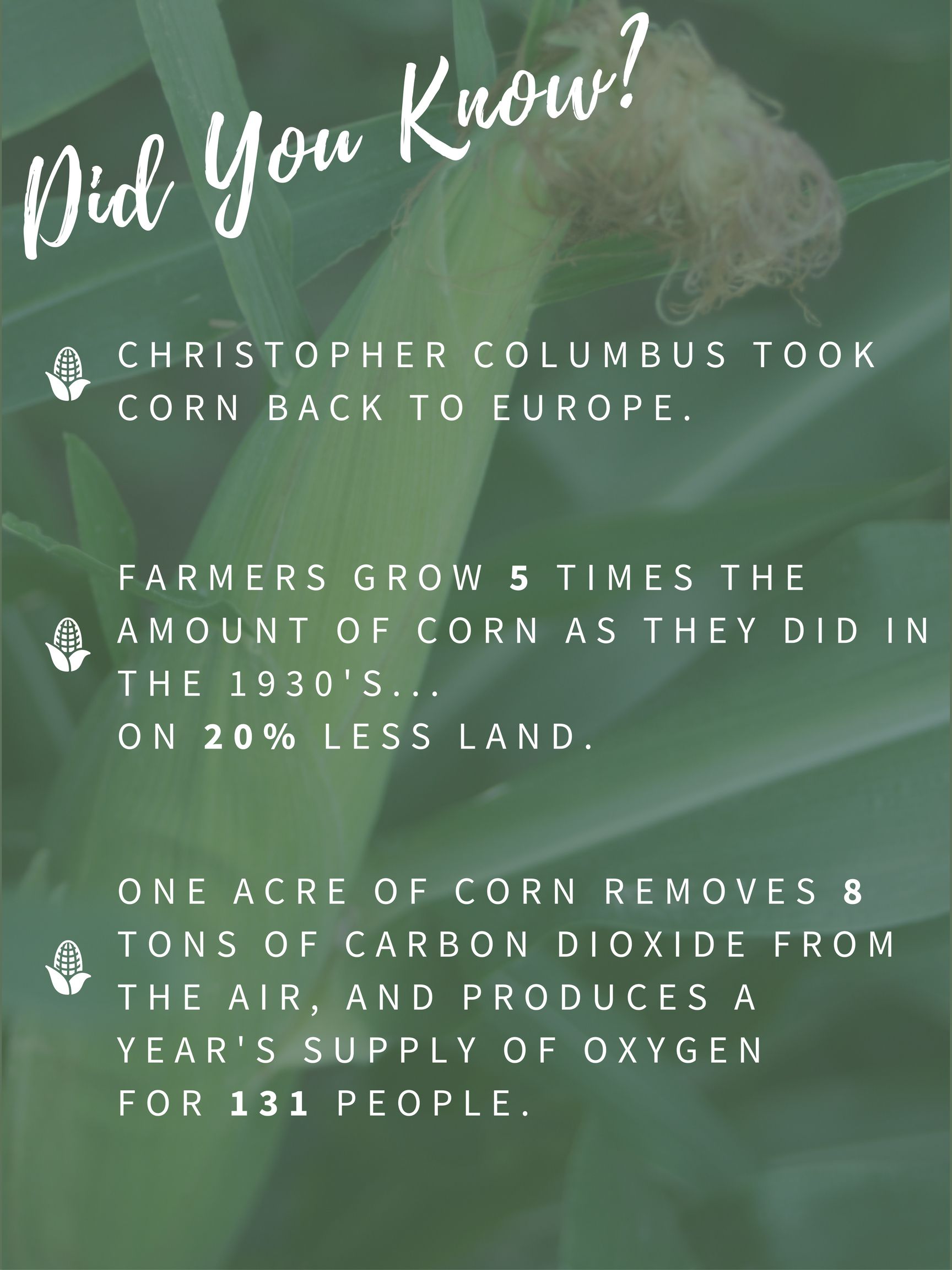 | 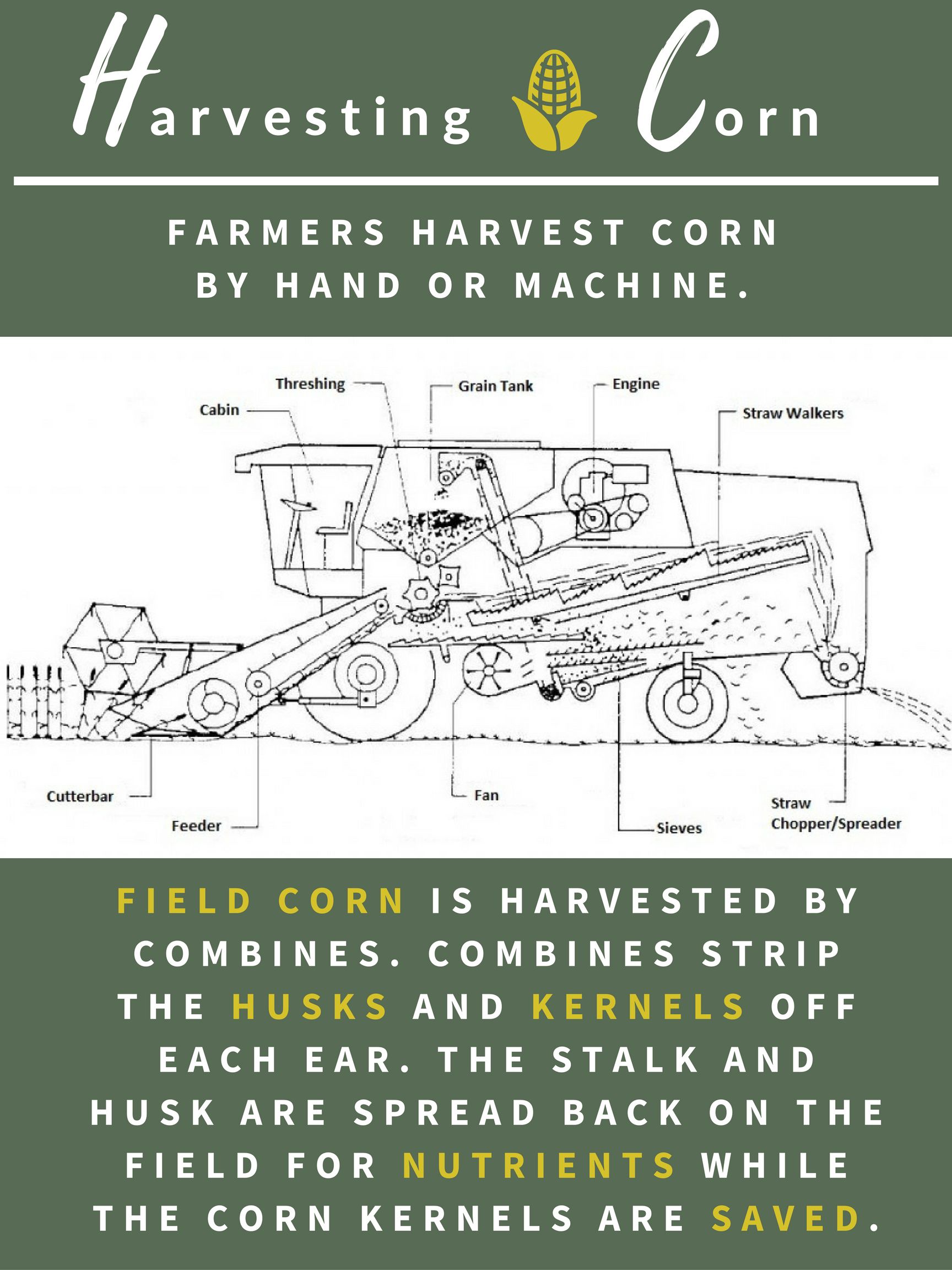 | 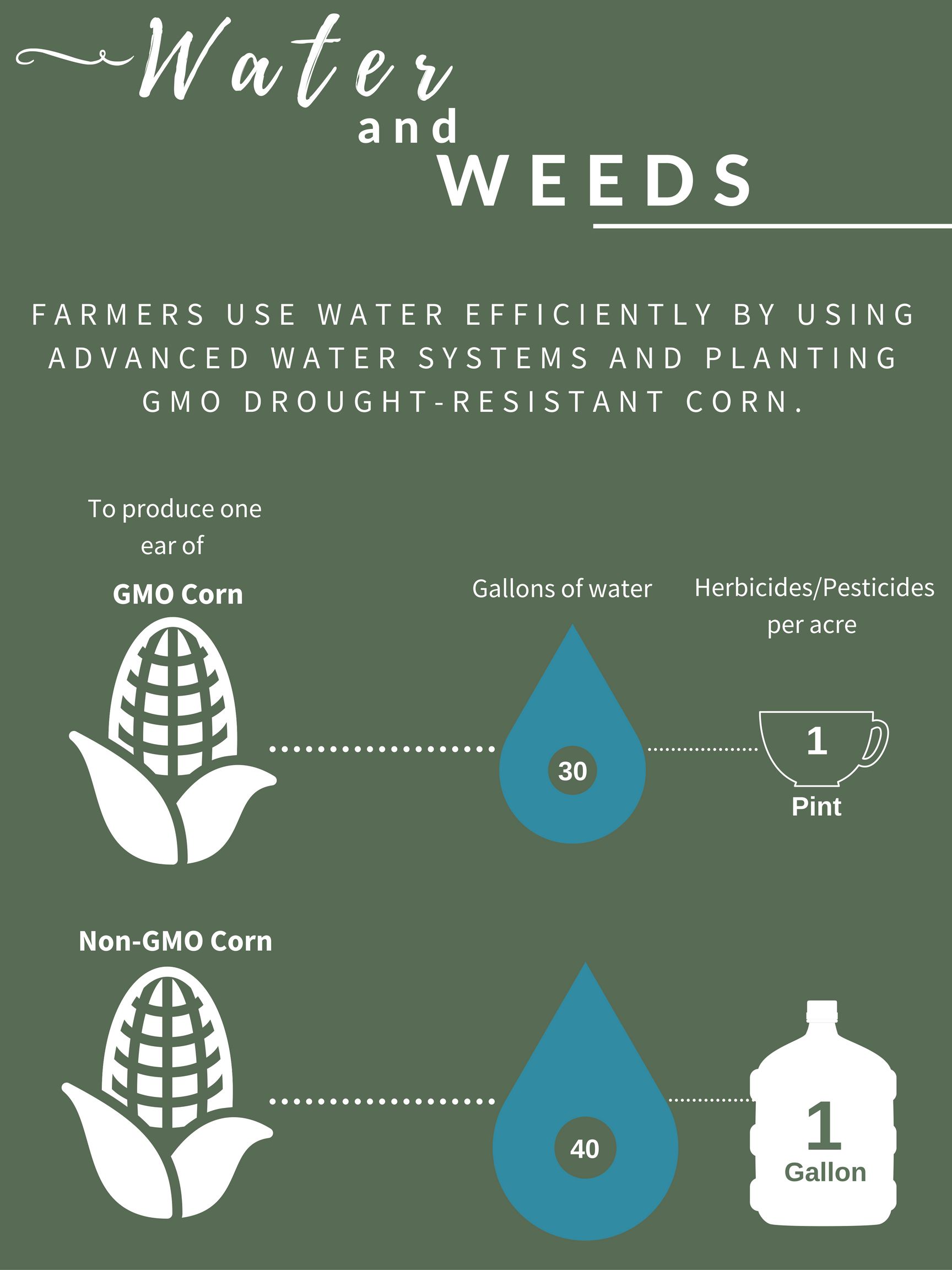 | 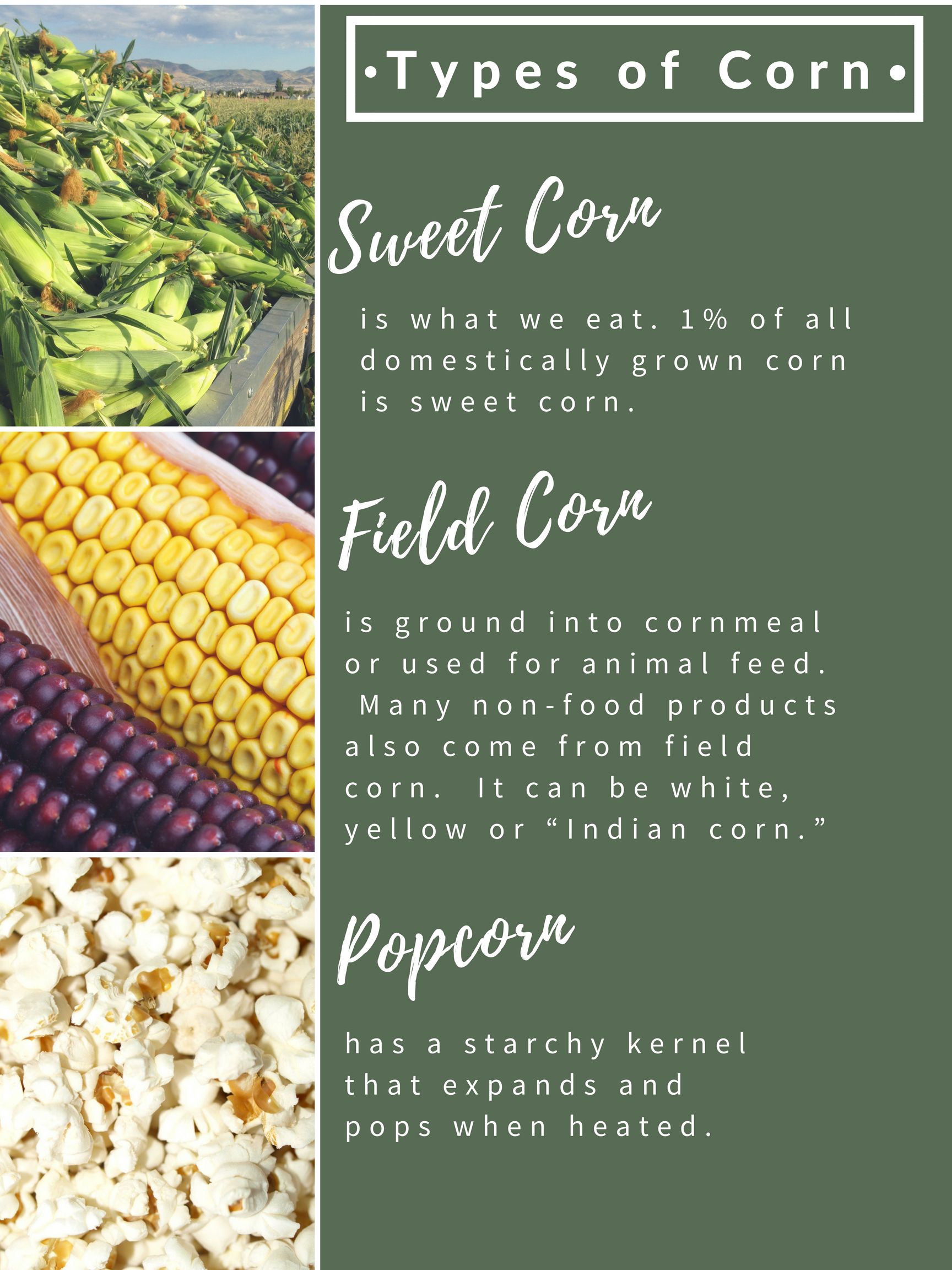 |
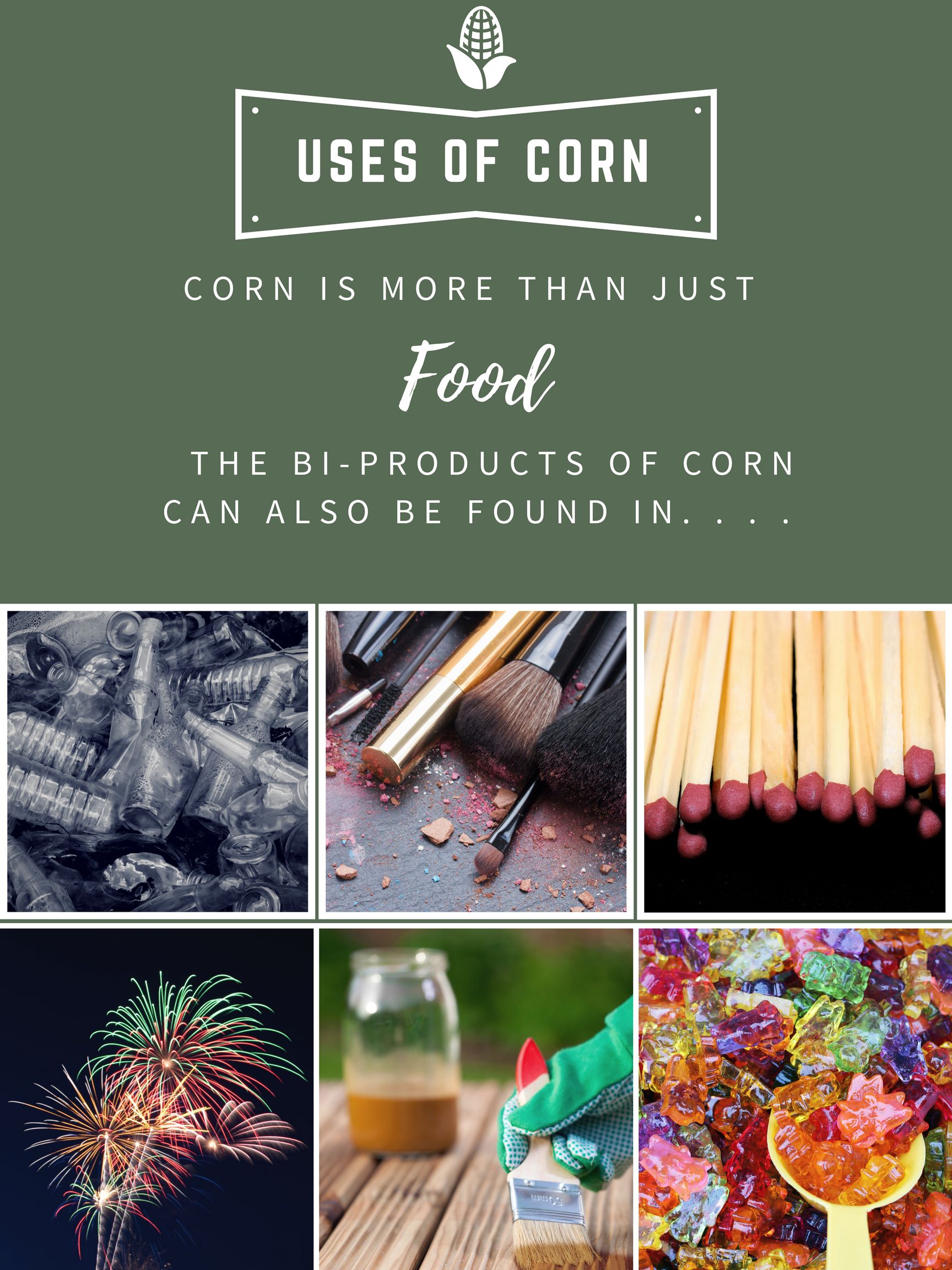 | 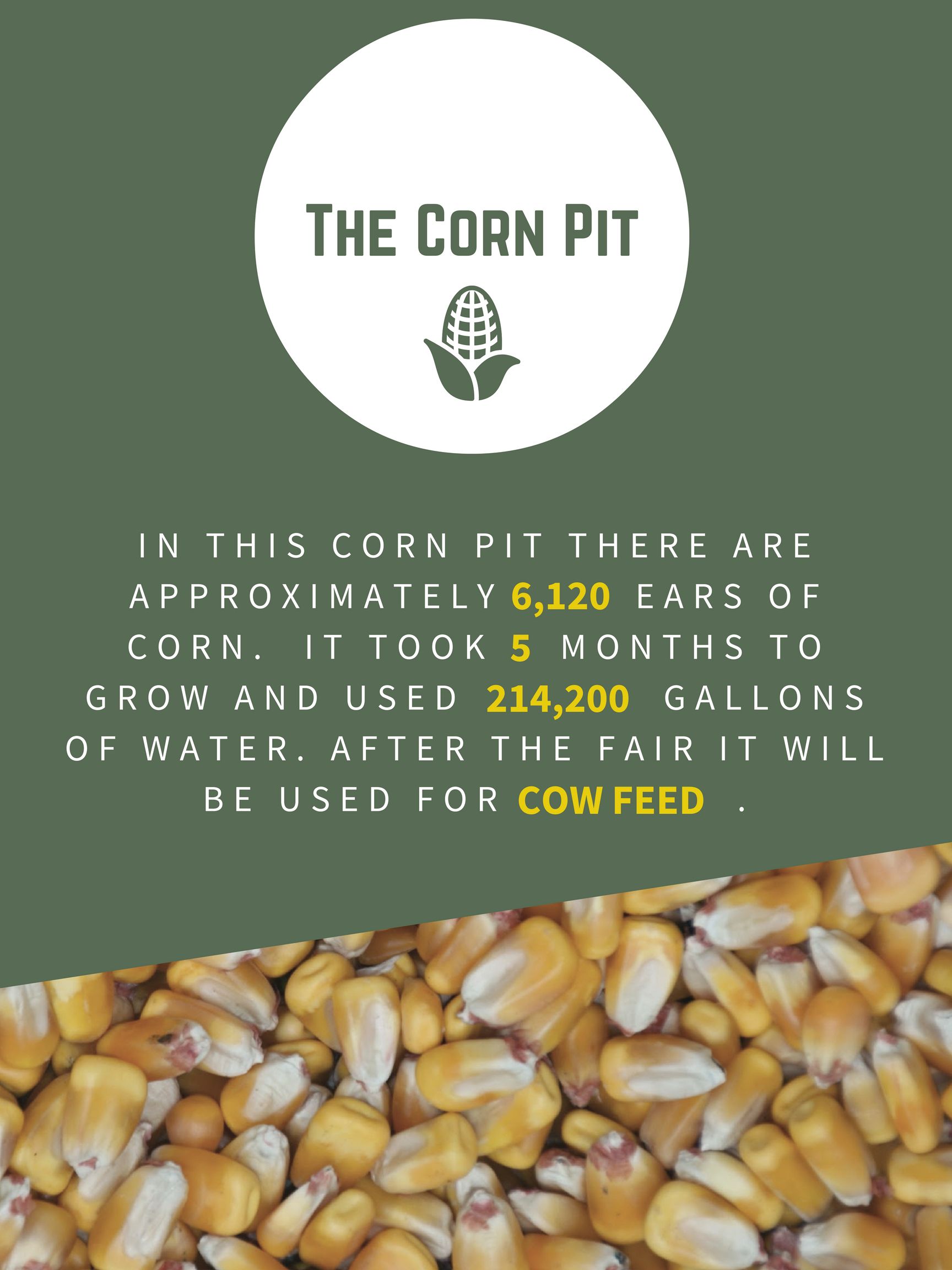 |
